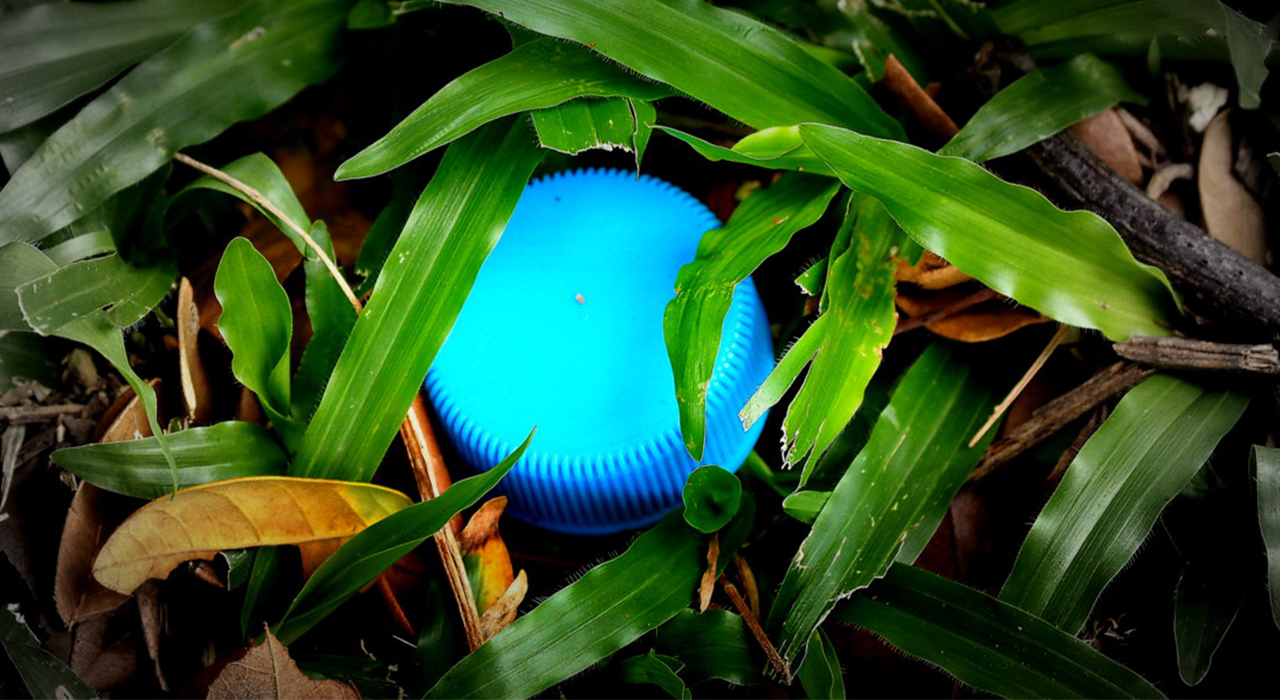The two words “microplastics” and “sustainability” in this headline are nowadays used by everyone nearly every day. But what do these two words really mean for us and what is the connection between these “words” in relation to our own life?
Your best buddy
An easy way to answer those questions is always to ask our best buddy “google” and typing in “sustainability” you will get 255.000.000 hits, as for “microplastics” only 2.640.000 hits. (btw, typing in the word “love” still gives you 13.600.000.000 hits…good for us)
Let’s see what sustainability is about
People today are highly interested in sustainability, and it seems to be valuable and a must for everyone to be and to live sustainably. But what does this really mean? How can you be or live sustainable? And what does this all have to do with microplastics?
Asking ten people on their definition of sustainability will give you probably ten different answers, maybe and hopefully all in the same common direction, but also perhaps not. One accepted definition of “sustainability” is the ability to continue a defined behaviour indefinitely.
STOP….let’s think, is that what we want? To continue with our current behaviour when it comes, e.g. to environmental awareness and how we treat our environment indefinitely without changing anything. WOW, that would be pretty easy and simple. But sorry, it’s not…
The Brundtland report as a basis
In the Brundtland report of 1987, sustainable development was defined as “meeting the needs of the present without compromising the ability of future generations to meet their own needs”. There are two concept described in this report: the concept of “needs”, especially, the essential needs of the poor people, to which, top priority should be given according to the report, and the concept of limitations, which is imposed by the state of technology and social organisation on the environment`s ability to serve present and future needs.
So, the Brundtland report defined sustainable development and NOT sustainability, which is actually a big difference. Nevertheless, sustainable development is the solution and for sure not the problem. Furthermore, environmental sustainability problems are new and threaten the existence of our species on this world, as such so I think it deserves top priority. If these problems are not solved, we will end in a final Armageddon, and then, no other issue will really matter anymore.
Plastic waste, microplastic and more
So, what about microplastics in the context of sustainability? We all have the frightening pictures of large plastic swirls floating in our oceans burned in our mind. Poor animals threatened and dying by ingestion and interaction with plastic debris. Of course, some of us might think the plastic problem is a new threat to our planet coming up only in recent years. The first patch of plastic waste in the ocean was described in 1988 in a paper by the National Oceanic and Atmospheric Administration (NOAA). YES…1988, so 31 years ago. Plastic material produced and used by humans. Plastic material irresponsibly thrown into the environment by humans.
Size matters – the smaller the more dangerous
Where does this microplastic come from? Primary microplastics comes from, e.g. beauty products such as lotions and shampoos. They are usually tiny spherical or cylindrical pellets. You might not even see these particles anymore in the product itself or in the environment. Unfortunately, because of shape and size, they are easy to be transported in water and taken up by organisms.
Secondary microplastic results from the disintegration processes of the various plastic material, is a long-term process and lasts over generations depending on the plastic species. Mechanical action, temperature, and UV-light will lead to a breakdown of larger plastic debris into smaller pieces, what scientists call microplastic. A pretty simple definition based on size, which is smaller than 5 mm.
What is microplastic today will be nanoplastic or even picoplastic “tomorrow” (theoretically speaking), and we have to face that the particles will get smaller and smaller with time. With shrinking size, the possibility to be taken up and to accumulate in organisms will rise in parallel. Particles in nano- and picosize, they can easily penetrate membranes and enter even human cells. Effects of that are not yet clear.
Some chemistry of plastics
When we talk about plastic (primary or secondary), from a chemical point of view it is just polymers, so nothing else than long-chain molecules. However, to give particular purpose and characteristics, other chemical compounds have been added. Leaching of these compounds contribute or initiate the adverse effects of plastics on organisms. Also, these compounds inevitably influence the so-called weathering of plastics, so an age determination of plastics seems complicated, and the toxicity of the leached compounds is under investigation.
Research from my group
My laboratory is precisely working on that, gaining knowledge on the ecotoxicity of the compounds leaching out of plastics and the effects of ageing of plastic on the overall toxicity. Preliminary experiments showed that new plastic material is leaching more toxic substances than artificially aged plastic. Therefore, the question is, whether plastic particles which are a “generation old” still leaching out enough compounds being harmful on biota?
But…and there is always a but in life…the plastic material could also surface bound other chemicals (pharmaceutical residues, pesticides…) and act as transporters or vectors for those toxic environmental chemicals. Time and more experiments will tell us.
Back to the topic
So back to the topic sustainability in connection to microplastics. Personally, I think we all know now about the problem of plastic debris (macro-, micro-, nano-, or picoplastics) in our environment. Honestly, will we need another 31 years to act? We need practical solutions, and no complaints now.
Just a simple experiment by yourself
Can we think of life without plastic? Please perform one simple experiment in your own apartment for me. Choose a random room and remove all items composed of plastic, even as an ingredient.
Are you back from the experiment? Cool, well done. So what’s left in your room? I would guess absolutely nothing. And was it hard to remove the wall colour, the floor or the window frames? So, you see, a life without plastic nowadays seems to be impossible and we have to face that.
Working on a solution together
But…and as I mentioned before, there is always a but in life, we have to reach our sustainability goal, and we can only do this by focusing on ourselves and our lifestyles. The devil is not the plastic industry, designing and producing plastic products for our daily life. The devil is unfortunately in us. We have to be educated enough not to through plastic rubbish into our environment. We have to use our common sense that this is unacceptable and against sustainability. We should fight our inner devil and I’m sure we can do this.
Hand in hand for solutions
Together with the plastic industry we should work on better structured recycling systems for the different plastic materials and enhance the development of plastic substitute material based on e.g. plant products. We should avoid unnecessary plastic products whenever possible. It`s a long way we have to go together with industry partners and not against each other.
The final countdown
Please, ask yourself why, for the last 31 years, we have this well-known plastic swirls in our oceans, why they are still growing, and who is responsible for their generation? And why humans were still not able to remove the relatively big plastic pieces from our ocean? Ships were designed to act like oversized vacuum cleaners with colourful names such as Manta (Yvan Bourgnon), and REV (Rokke`s boat, Rosselinis Four-10), to do this.
What is the take-home message for you now?
Support the responsible use of plastic and plastic products. Avoid short life plastic products, as you do with other products as well. If you have e.g. the choice between a cucumber wrapped in plastic foil or without, take the one without. If you need a bag to transport your goods, take a paper one. Baby steps will contribute for sure. Educate yourself and try on others not to throw plastic waste, and actually, all waste into our environment.
Swarm Intelligence needed
Finally, yet importantly, think about recycling possibilities, we all need you and your brilliant brains to come up with sustainable solutions, even small ones. Don’t let another 31 years go by as we probably do not have this much time anymore.
Stephan Pflugmacher Lima
Stephan is Professor for Aquatic Ecotoxicology in an Urban Environment in the University of Helsinki. He is also member of the Helsinki Institute of Sustainability Science (HELSUS).
Photo by: Stephan Pflugmacher Lima


Thank you so much for this awesome post! I was wondering – to identify which beauty products have microplastics and should be avoided, do you think the app http://www.cosmethics.com/ is good? What’s the best method to make a wise decision?
Dear Varpu
kiitoksia palijon for you comment. I have a different feeling when it comes to microplastics in cosmetics. If you look at the big picture most of the microplastics nowadays comes from abrasion of wear and tear from car tires with approx. 2250 tons, 650 tons from painting materials, 110 tons from washing textiles and even 65 tons from indoor dust (Norwegian Environment Agency). So the plastic in cosmetics contribute to that with 4 tons, which is compared to the others rather low.
But as I said, baby steps will help and the app seems a possibility for getting a quick info in a shop.
terkuin
Stephan